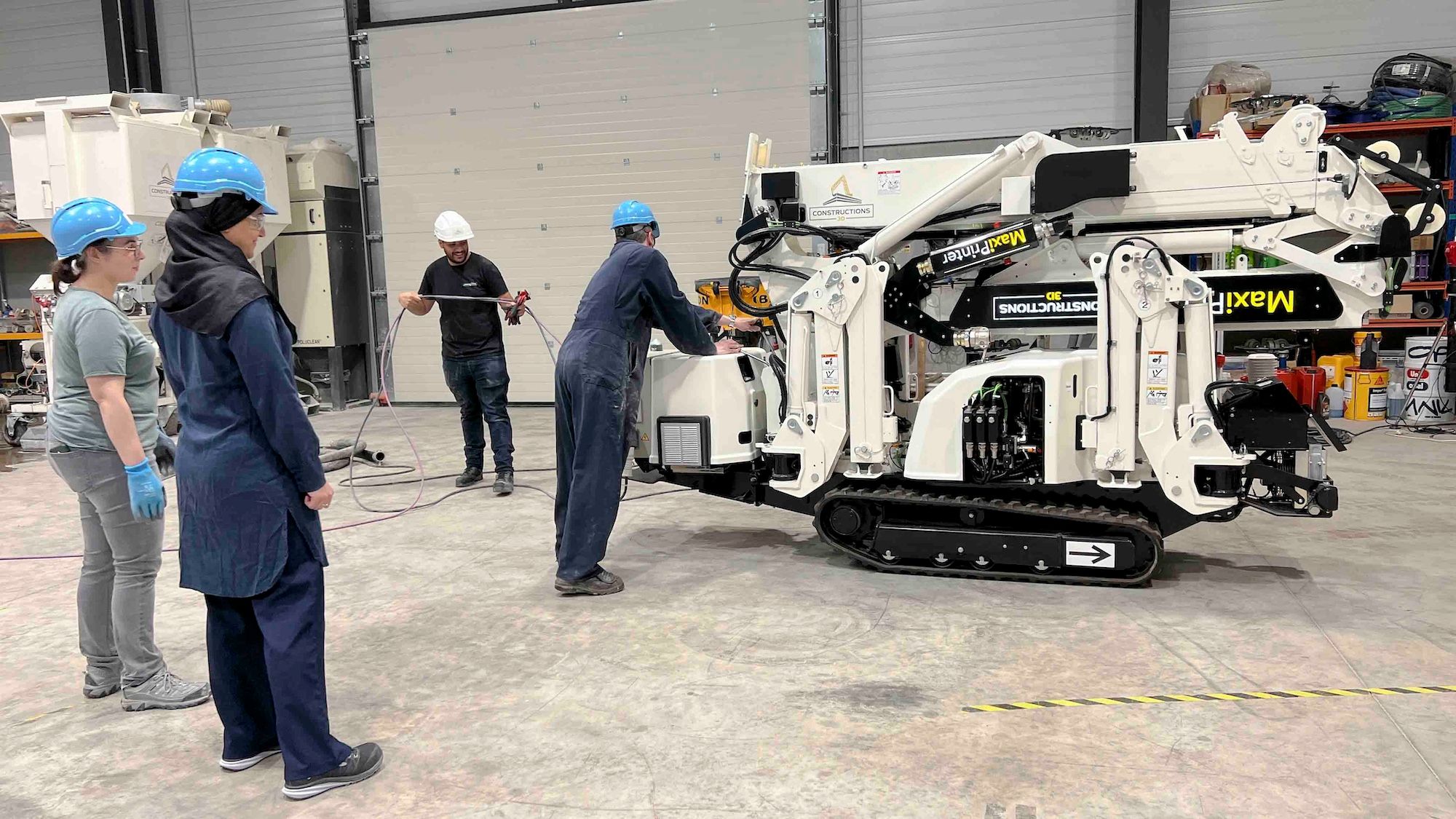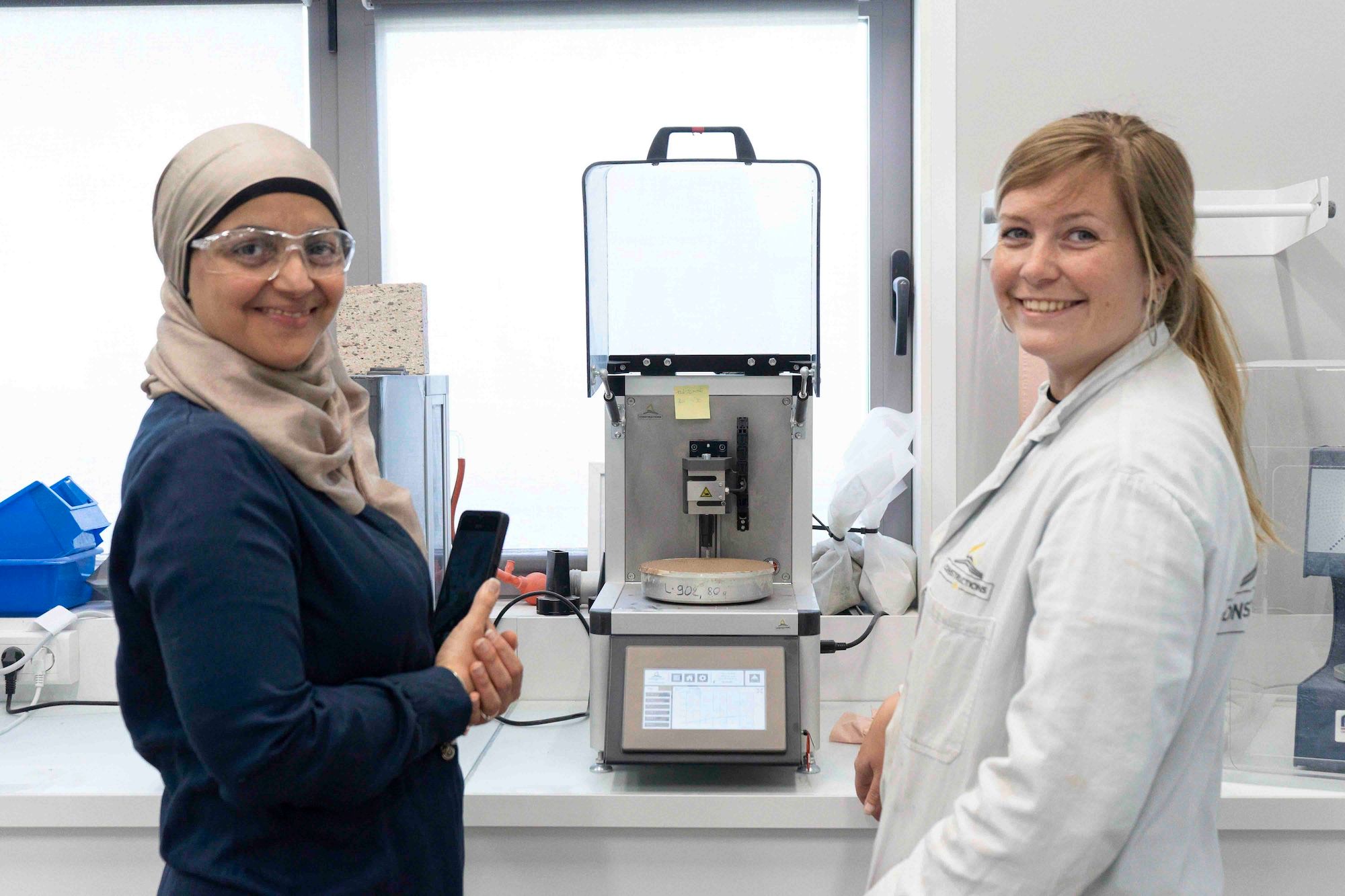Interview with David Laliberté, college professor and lead of the RI³D-FRQ project
During a training session hosted at Constructions-3D, we met with David Laliberté, an industrial maintenance professor at the Cégep and lead of the RI³D-FRQ project, a Quebec-based research consortium focused on 3D concrete printing. In this interview, he shares his background, the origins of the project, the educational and technological challenges of additive construction in Quebec, and the growing partnership with Constructions-3D. A rich discussion that reflects the collective ambition of Quebec's technical institutions to sustainably transform construction training and practices.
Published on 25 June 2025
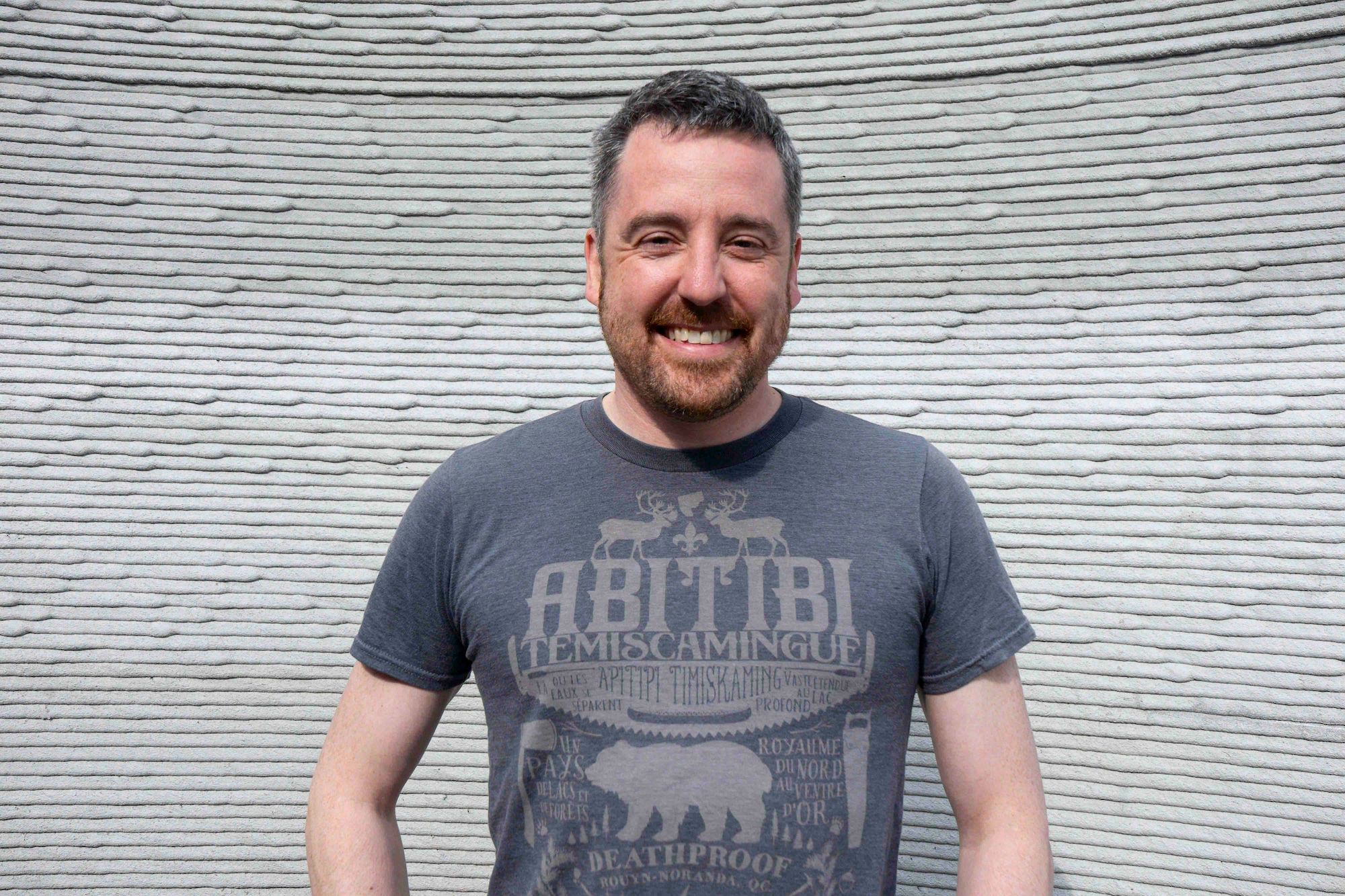
In Quebec, the Cégep (General and Vocational College) is a public institution that bridges high school and university. It offers two types of programs: a 2-year pre-university track and a 3-year technical track focused on training qualified technicians. This hybrid model provides both a solid foundation for higher education and a fast track into the job market.
Cégeps play a key role in developing professional skills in Quebec, especially in technical and industrial fields. They also offer continuing education for adults and businesses, and often host applied research centers that collaborate with local economic players on real-world projects.
This educational model is known for its ability to balance theory and practice, with strong local roots. It actively contributes to innovation, the training of specialized labor, and the adaptation of programs to technological and environmental challenges.
Could you introduce yourself and tell us about your role at the CÉGEP?
My name is David Laliberté. I’m an industrial maintenance instructor at the Cégep de l’Abitibi-Témiscamingue, with an academic background in mechanical engineering. Before moving into education, I spent 12 years in industry—6 years as a project manager in the industrial pump sector for mining operations, and another 6 years as a plant manager. For the past six years, I’ve been teaching at the college level while actively engaging in applied research.
I’m also the principal lead of the RI³D-FRQ project (Innovative Consortium for Sustainable Building Printing), an inter-institutional network funded by the Fonds de recherche du Québec, the Natural Sciences and Engineering Research Council of Canada, and several other research funds and foundations. In this role, I coordinate research activities, partnerships, training programs, and pilot projects. The Cégep where I teach plays a central role in this consortium, both structurally and strategically.
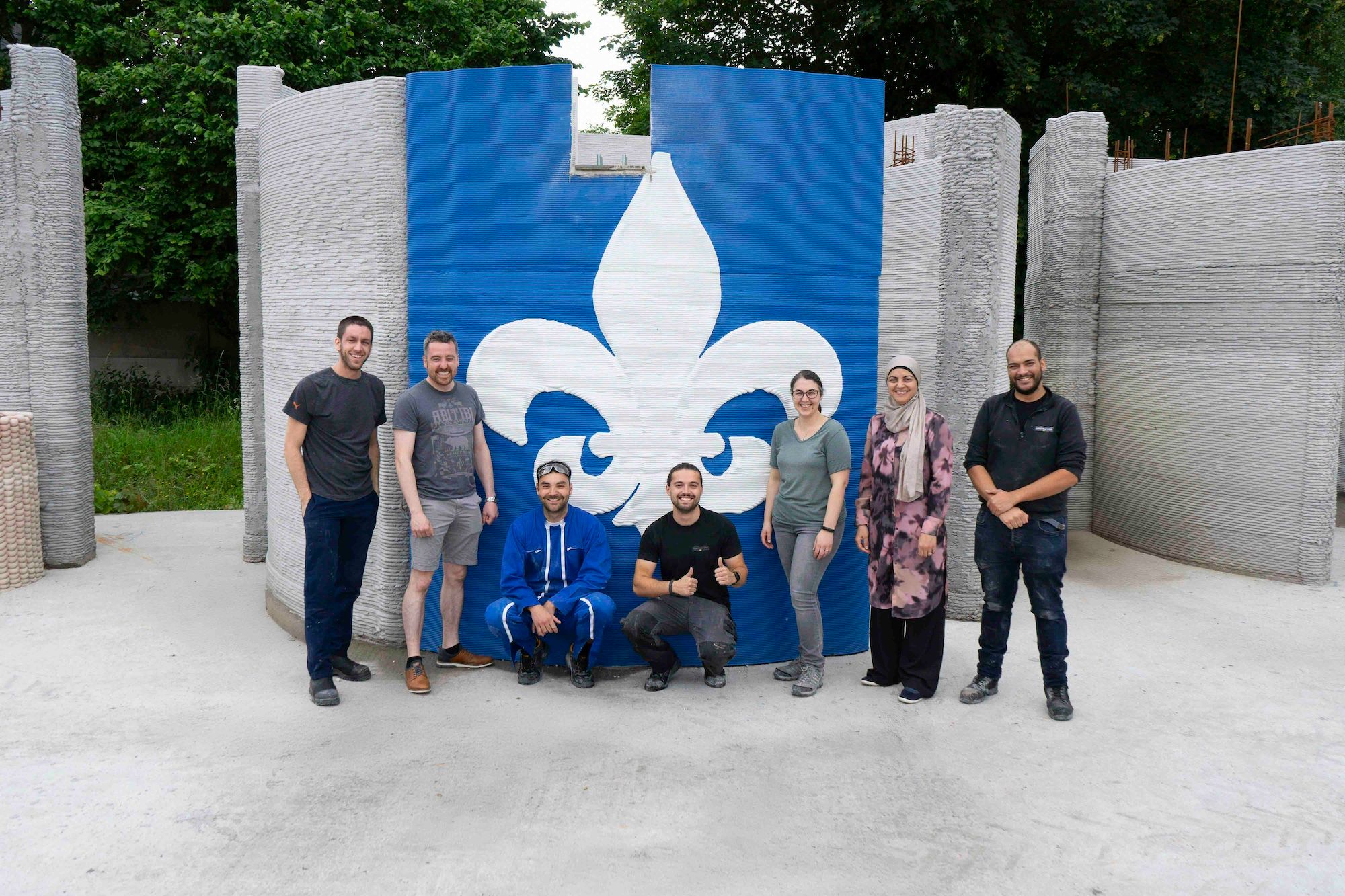
Why was your team at Constructions-3D this week?
We took part in a technical training on the MaxiPrinter, organized as part of the RI³D-FRQ project (Innovative Consortium for Sustainable Building Printing). This training allows us to acquire the skills needed to operate, maintain, and integrate this technology into our educational programs.

Why did you become interested in 3D concrete printing?
My interest started from a personal experience. While renovating a house with my partner, we ran into issues with a contractor. It made me think about simpler, more automated, and more reliable construction methods. As a former industrial plant manager, I wanted to apply an Industry 4.0 mindset to the construction sector.
How did you discover Constructions-3D?
Through a technology watch conducted by our team. We compared over 30 global suppliers based on specific criteria. The MaxiPrinter stood out as the solution best suited to our needs—its size, mobility, and educational compatibility made it the clear choice.

What stood out to you the most during your visit to the Citadelle des Savoir-Faire?
Three things stood out to me during my visit. First, the fact that Constructions-3D uses its own machines to build real structures—something rare among manufacturers, who often stick to theoretical demos or prototypes with no practical outcome. Second, I was impressed by the agility of the team: with just 25 people, the company manages to design, produce, install, innovate, and communicate with remarkable efficiency. Lastly, the Citadelle des Savoir-Faire project—blending technical testing, applied research, and real-world utility—perfectly reflects a modern, purpose-driven approach to industrial innovation.
What types of skills or professional profiles do you hope to develop through 3D concrete printing?
We’re targeting several training programs to expose students to 3D concrete printing throughout their technical education. For example, architectural technologists will be trained in new construction methods; civil engineering technologists will deepen their understanding of structures and materials; and electrical and industrial maintenance technologists will focus on automation and complex system maintenance. In parallel, we plan to develop a specialized 6- to 8-week program combining theoretical instruction and hands-on training with additive construction equipment, which will be rotated among the six partner colleges in the consortium.
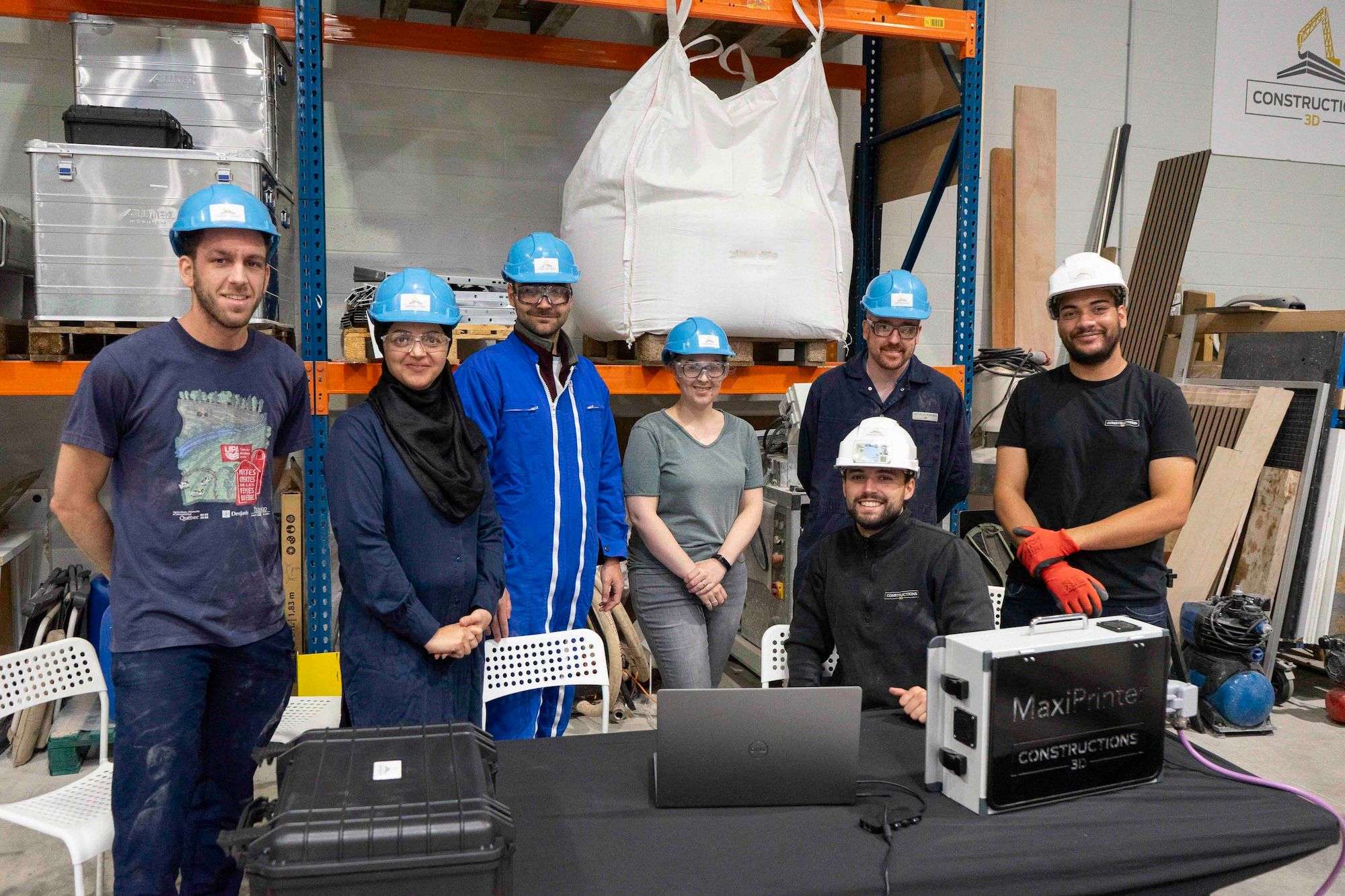
As a higher education institution, what are the current challenges in terms of educational innovation?
The first major obstacle is funding. Due to government restrictions, budgets for research and innovation are shrinking. Then there's the fact that research culture is still marginal at the college level—out of 300 instructors at my Cégep, only about ten are involved in research. Finally, it’s challenging to integrate innovation into teaching. We advocate for an approach where research projects become a driving force for learning.
What do you think 3D concrete printing will bring to your activities?
Integrating 3D concrete printing opens up a wide range of opportunities for us. First, it provides a hands-on educational platform, allowing students to train on cutting-edge equipment. It’s also a powerful tool for applied research, closely tied to real-world challenges. In addition, it acts as a catalyst for collaboration between colleges, research centers, and universities, promoting skill-sharing and knowledge exchange. This technology also offers a relevant response to the housing crisis and the shortage of skilled labor. To strengthen this commitment, we’ll launch two student competitions in 2025–2026—one in civil engineering and the other in architecture—focused on designing printed urban furniture.
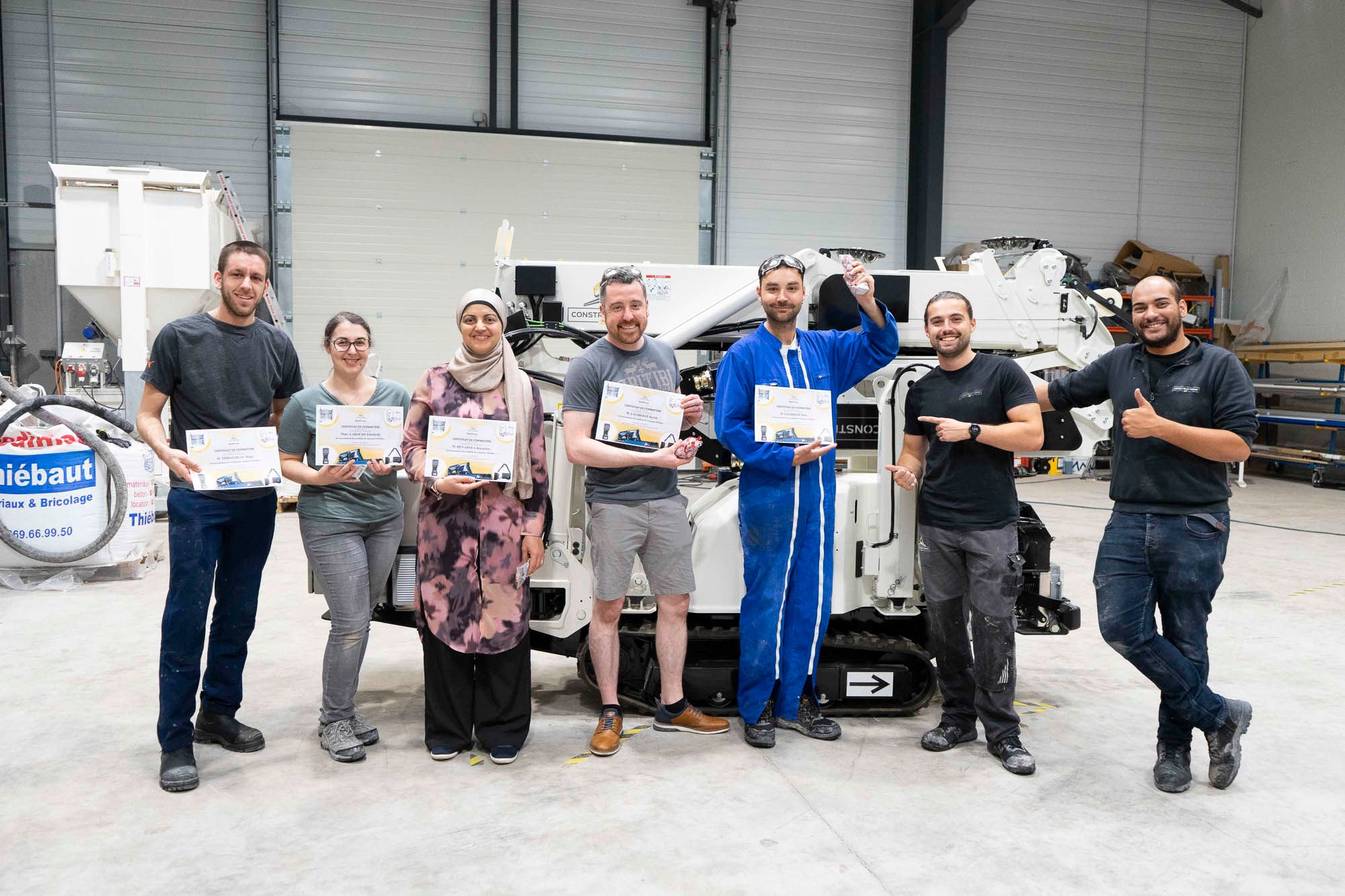
What are the barriers or drivers to large-scale adoption in academic programs?
In Quebec, the construction sector is highly unionized, so it’s essential to involve unions early on and make them stakeholders in the solution. Additionally, the Builders’ Association (APCHQ) supports us and helps facilitate dialogue. The shortage of skilled labor is a strong driver for adopting technologies that rely less on manual precision.
What convinced you to adopt this technology?
We took part in a network coordinated by the National Research Council of Canada (NRC), bringing together 80 stakeholders in additive construction. The feedback from companies was clear: less labor, fewer technical skills required, and a strong need to automate production. That reinforced the relevance of 3D printing.
What message would you like to share with students and institutions?
3D concrete printing is not a threat to construction trades. It’s an opportunity to modernize them, make them more attractive and inclusive. It paves the way for new hybrid profiles—more versatile, more connected. Most importantly, it addresses real challenges: the housing crisis, limited land availability, and the need for climate adaptation.
We’re training the builders of tomorrow.
The conversation with David Laliberté reveals a clear vision: 3D concrete printing is not a gimmick innovation, but a structural driver of change for education, research, and the construction industry. The RI³D-FRQ project—backed by a strong network of public and private partners—perfectly illustrates this ambition to root the technology in real, sustainable, and educationally relevant applications. Through its collaboration with Constructions-3D, the consortium is laying the foundation for a meaningful international partnership, bridging knowledge, regions, and transitions.









